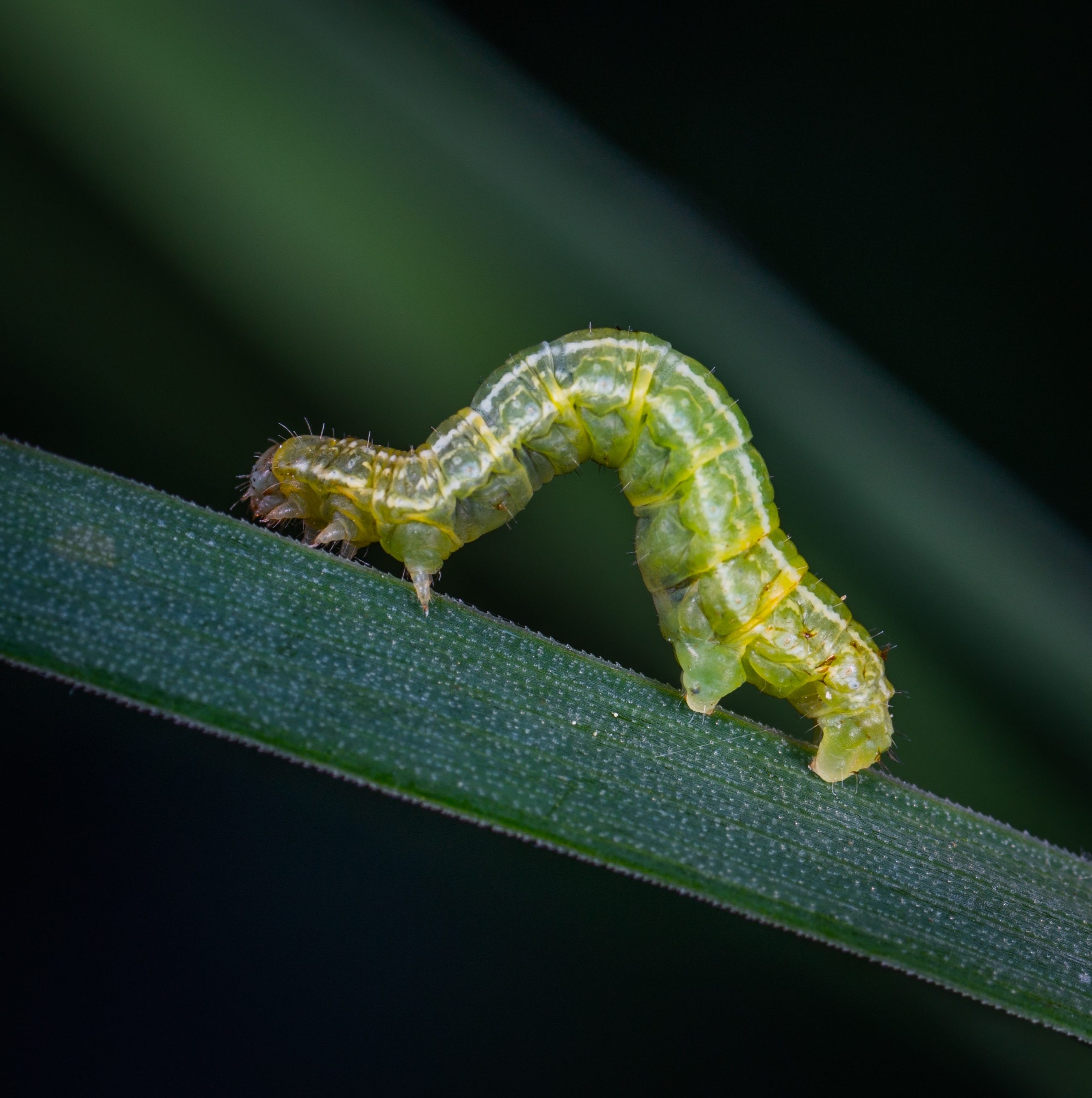Tokyo University of Science

The oral secretions of herbivorous insects can activate plant defence mechanisms that protect plant cells from being digested. However, scientists at the Tokyo University of Science have discovered that some larvae “partner up” with bacteria that help interrupt these plant defence mechanisms. This disrupts the plant’s defences before the digestive proteins that the larvae smear on them. These findings may help agricultural scientists devise countermeasures that protect important agricultural species from larvae.
To Prof. Gen-ichiro Arimura of Tokyo University of Science, this is a fascinating result: “Although it is well known that symbiotic microorganisms in animals (especially bacteria in the intestines of herbivores such as pandas and cows) affect biological activities such as digestion and reproduction, the fact that they affect the prey (i.e., the plants) is not so well known.”
In other words, the fact that the insect’s bacterial partners work to alter biochemical processes within the living plant before it is eaten is a matter of considerable interest to scientists.
Prof. Arimura and his research team, in collaboration with Okayama University, wondered whether such partnerships with bacteria may apply in the case of the insect Spodoptera litura, the larvae of which are major pests that commonly damage crops in Asia.
In an article recently published in the journal New Phytologist, Prof. Arimura’s research team experimented with applying the oral secretions of S. litura larvae to mechanically damaged leaves of the thale cress plant (Arabidopsis thaliana).
When the researchers sterilized the oral secretions to kill or remove any bacteria that may be present in them, they found that applying these secretions to the plant leaves stimulated the expression of defense-related genes and the production of oxylipins that play important roles in defending A. thaliana cells from digestion. However, when the researchers applied oral secretions that had not been sterilized, the bacteria present within the oral secretions acted to prevent the expression of defence-related genes and the production of oxylipins.
In contrast, the bacteria stimulated the production of salicylic acid and abscisic acid, two chemicals that act to suppress the production of oxylipins.
These findings are compelling evidence that bacteria in the oral secretions of S. litura assist the larvae in overcoming plant defence mechanisms, and the researchers wanted to identify the bacteria responsible. Tests of the larvae’s oral secretions revealed the presence of a bacterium called Staphylococcus epidermidis, and further experiments confirmed the S. epidermidis acted to suppress plant defence mechanisms.
These results provide important insights into how S. litura counteracts the defence mechanisms of the plants that it feeds on, and Prof. Arimura hopes that knowing more about the relationship between the larvae and the bacteria will help crop scientists develop techniques to protect important crop species from S. litura. Such techniques may help farmers reduce their use of environmentally harmful pesticides, and Prof. Arimura expresses optimism that his research will thus “contribute to the creation of a safe and secure food supply and a rich environment.”